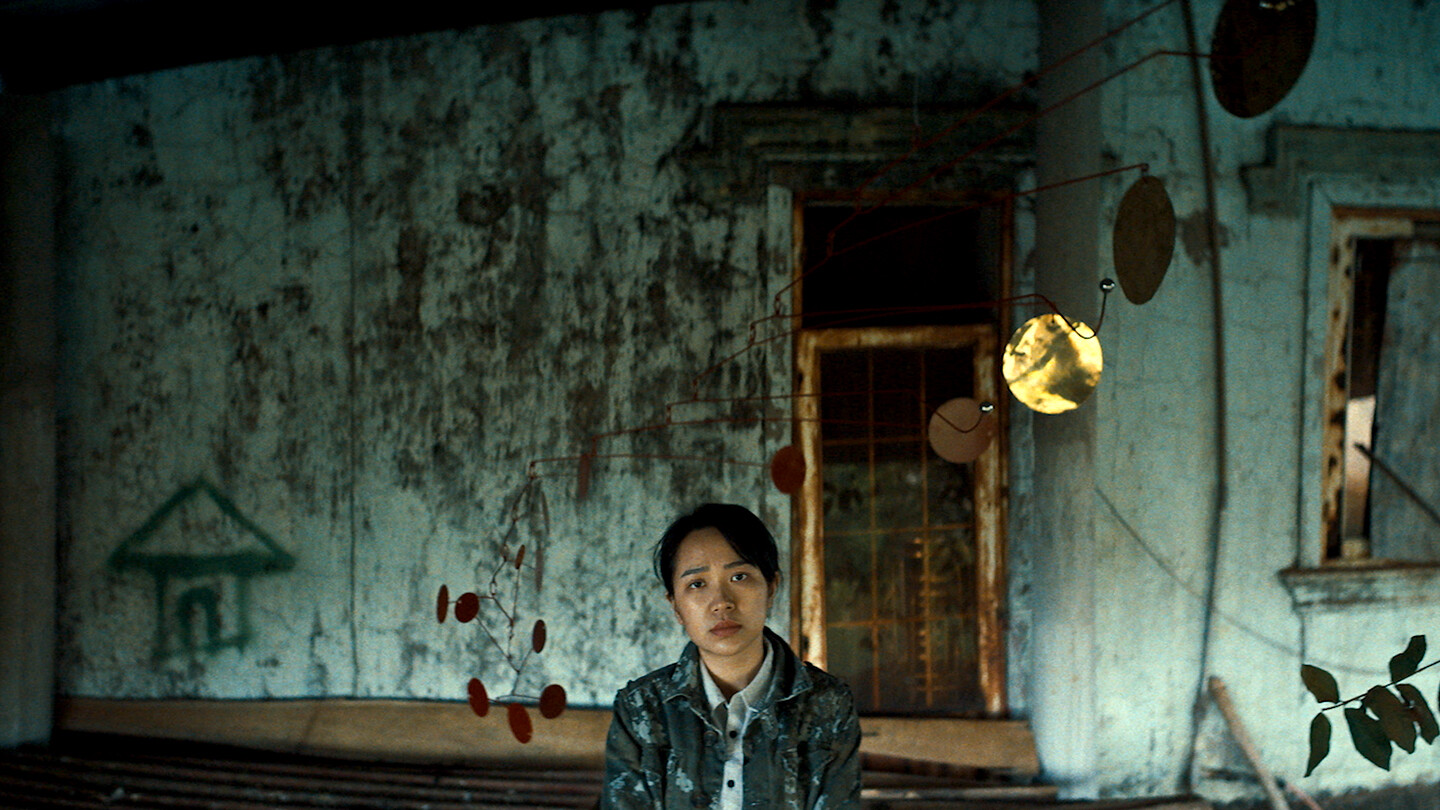It Was What Is Will Be
February 18–April 16, 2023
Löfströmsvägen 8
SE-172 66 Sundbyberg
Sweden
Hours: Wednesday–Sunday 12–4pm
T +46 8 29 45 90
info@marabouparken.se
Marabouparken konsthall has the great pleasure to announce the Vietnamese filmmaker and artist Tuần Andrew Nguyễn’s first solo exhibition in Sweden: It Was What Is Will Be.
In the exhibition, three films are shown: The Unburied Sounds of a Troubled Horizon (2022) with sculptures produced for this exhibition, The Boat People (2020) and The Island (2017). Together, the three films create a temporal continuity that is referred to in the exhibition title.
Nguyễn’s films explore the human memory and its potential as political resistance. Through thorough research, Nguyễn weaves together people’s stories, documentary material, mythology, and fantastical visions of the future into narratives that are as visually as emotionally appealing. The themes that Nguyễn often return to in his works are forced displacement and the experience of returning home to an unfamiliar place. Sound is a central aspect of Nguyễn’s work. The sound which vibrates, echoes, and resonates in and through materials, bodies and time.
In Tuần Andrew Nguyễn’s latest film, The Unburied Sounds of a Troubled Horizon (2022), the main character Nguyệt visits the temple. The monks have hung up a bomb shell as the temple bell, they have found that its sound has healing powers.
Bomb shells are a staple in this part of Vietnam, which was severely affected by the war. The bomb scraps fill the earth, have almost become a part of nature, and are a source of income for Nguyệt and her mother who run a junkyard. History is ever present, the paralyzing power of trauma chains them both to the past, to grief and loss. One day Nguyệt begins to make objects out of bomb shells and other war materials. In their new function they have, just as the monks’ bell, a strange beauty, a balance, and a presence amid the inertia of everyday life. They transform history into something else, they give Nguyệt a language and the possibility of her own narrative. By chance, Nguyệt discovers that her objects have a striking resemblance to the American artist Alexander Calder’s sculptures. Maybe she is a reincarnation of Calder – art and history move circularly in the film. Nguyệt’s objects are continued in the exhibition space, in which Tuần Andrew Nguyễn has included sculpture as part of the film installation.
All three films included in the exhibition take place in Nguyễn’s home country of Vietnam and neighboring areas in southeast Asia. In The Boat People (2020) and The Island (2017), the history of the Vietnam War and its aftermath are told from the perspective of dystopic futures where climate collapse and wars have driven civilization to a near extinction, but already from the viewpoint of today, the discussed themes are frightfully urgent. The exodus from Vietnam and its neighboring countries during and after the war was one of the first events referred to in mass media as a refugee crisis. A word that has become commonplace for us today when millions of humans are fleeing from totalitarian terror, war, and climate change.
Tuần Andrew Nguyễn (1976) was born and works in Saigon (now Ho Chi Minh City) but grew up in California after the family escaped the country following the Vietnam War at the end of the 1970s. He is educated at The California Institute of the Arts and is the co-founder of the artist collective The Propeller Group. Nguyễn’s films has previously been shown at the Aichi Triennial in 2022, the Berlin Biennial in 2022, Manifesta 14 in 2022 and his work is included in permanent collections in museums such as MOMA and the Solomon R. Guggenheim Museum in New York.



